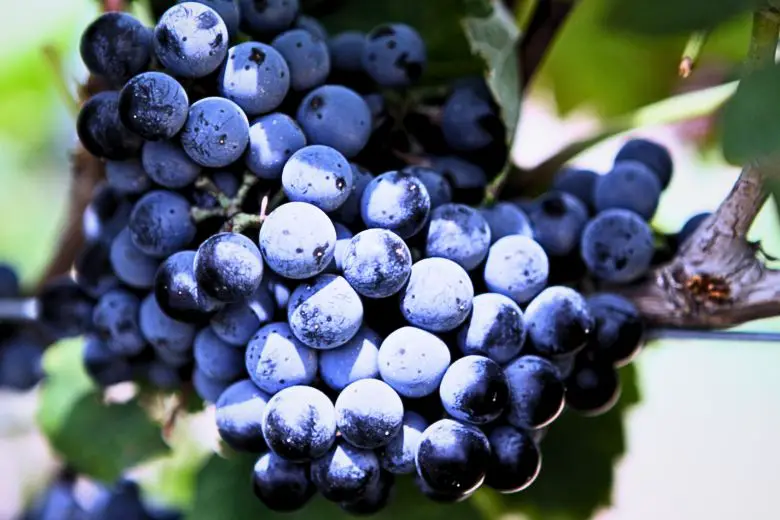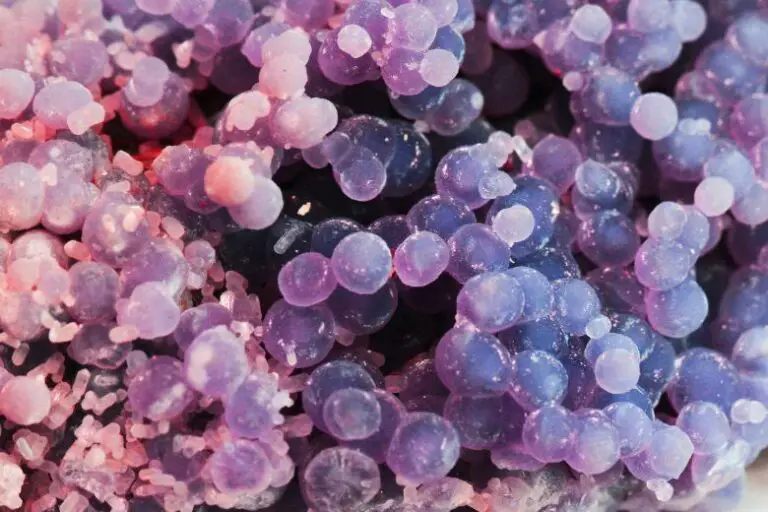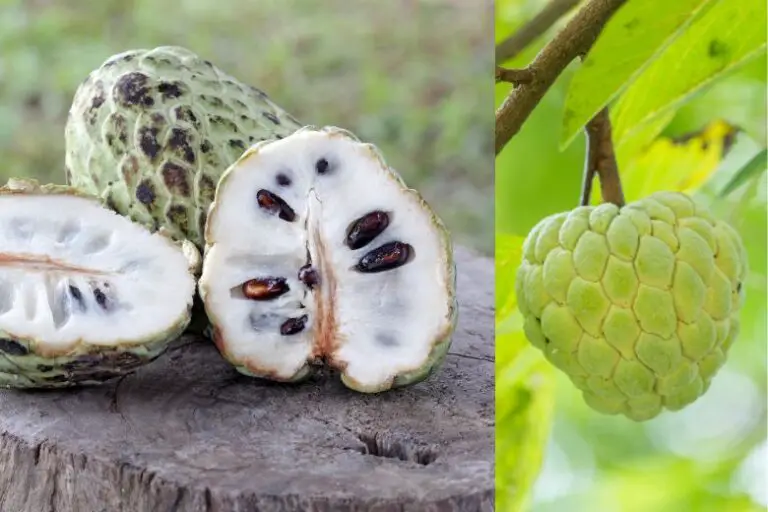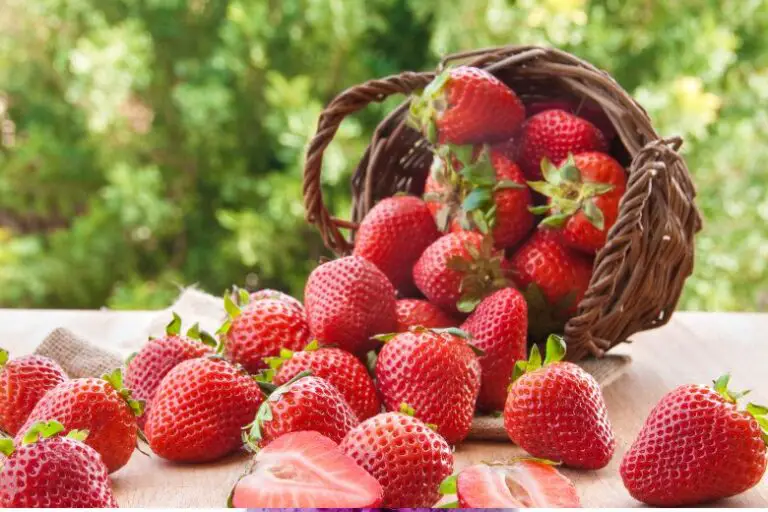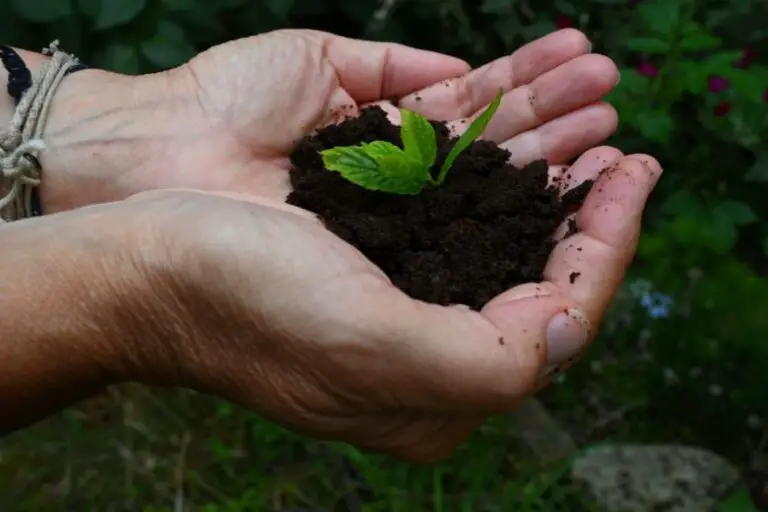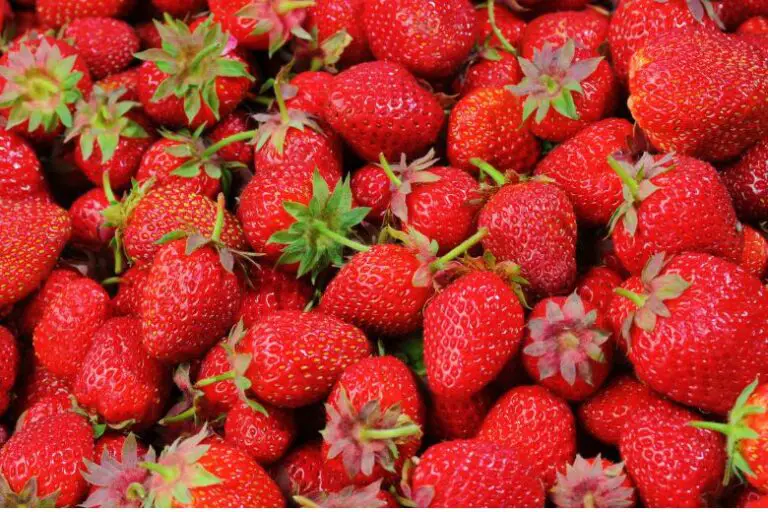When to Plant Grapes in Texas
The timing of planting grapes in Texas is a critical factor that can greatly influence the success of grape cultivation. Texas, with its diverse climate zones and grape varieties, presents unique challenges and opportunities for grape growers. In this guide, we will explore the key considerations for when to plant grapes in Texas, taking into account factors such as climate, grape variety, and soil conditions. By understanding the optimal planting times and following best practices, grape growers in Texas can maximize their chances of a bountiful harvest and the production of high-quality wines. In the following sections, we will delve into the specific factors that should inform your decision on when to plant grapes in this dynamic and promising grape-growing region.
Factors Affecting Grape Planting Timing in Texas:
The timing of grape planting in Texas is influenced by several crucial factors, each of which plays a pivotal role in determining when to embark on this agricultural endeavor. Understanding these factors is essential for a successful grape cultivation strategy in the diverse regions of Texas. Here are the key elements that influence grape planting timing:
Climate Zones in Texas:
- Geographic Diversity: Texas spans multiple climate zones, ranging from the humid east to the arid west. Each region has its own climate characteristics, including temperature ranges, precipitation levels, and growing season lengths.
- Heat Units: Heat accumulation or Growing Degree Days (GDD) varies across Texas. Some grape varieties require a certain number of GDD to ripen properly, making it crucial to choose the right planting time for specific varieties based on local GDD.
Grape Varieties and Their Specific Requirements:
- Different grape varieties have distinct temperature, humidity, and soil preferences. The choice of grape variety should align with the local climate and soil conditions to optimize growth and fruit quality.
- Some varieties are better suited for early planting, while others thrive with late planting to avoid frost risks.
Frost Risk and Temperature Considerations:
- Texas experiences varying degrees of frost risk depending on the region and planting time. Late spring frosts and early fall frosts can damage grapevines and reduce yields.
- Microclimates within vineyards can affect temperature, so understanding local temperature patterns is critical.
Soil Conditions and Preparation:
- Soil type, texture, and drainage capacity vary across Texas. Soil testing and analysis are essential to determine the suitability of the site for grape cultivation.
- Soil preparation, including amending pH levels and addressing nutrient deficiencies, should be completed before planting to create a hospitable environment for grapevines.
Timing for Planting Grapes in Texas:
The timing of grape planting in Texas is a critical decision that can significantly impact the success of vineyard establishment and subsequent grape production. To make the most of Texas’s diverse climate and grape varieties, it’s important to consider the following guidelines for when to plant grapes:
Spring Planting:
- Ideal Months for Spring Planting: In Texas, spring planting typically occurs from late February to early April. The exact timing may vary depending on your specific region within Texas.
- Advantages of Spring Planting:
- Warmer soil temperatures promote root development.
- Reduced risk of frost damage during the growing season.
- Ample time for vines to establish before winter.
- Preparing for Spring Planting:
- Conduct soil testing and amend soil as needed during the winter months.
- Order grapevines in advance to ensure availability.
- Prepare the planting site, including trellis installation and weed control.
Fall Planting:
- Ideal Months for Fall Planting: Fall planting typically takes place from late October to early December in Texas. However, specific timing may vary depending on local climate conditions.
- Advantages of Fall Planting:
- Cooler air temperatures reduce stress on young plants.
- Adequate rainfall during the fall and winter helps establish strong root systems.
- Vines have a head start in the spring growing season.
- Preparing for Fall Planting:
- Plan well in advance to secure grapevine orders.
- Ensure that the planting site is ready, with proper soil preparation and trellis setup.
- Monitor weather conditions closely to choose the optimal planting date.
Grape Varieties and Their Planting Timing in Texas:
When deciding on the timing for planting grapes in Texas, it’s essential to consider the specific requirements of grape varieties. Different grape varieties have distinct preferences for temperature, humidity, and growing conditions. Here’s a breakdown of how various grape varieties align with planting timing:
Early-Maturing Grape Varieties:
- Best Planting Times: Early-maturing grape varieties, such as Muscat Blanc and Blanc du Bois, are well-suited for spring planting in Texas. Late February to early April is typically the ideal window for these varieties.
- Special Considerations: Early-maturing grapes thrive in the warmer months, benefiting from the longer growing season that follows spring planting. Ensure that the last frost date has passed before planting to avoid potential damage.
Late-Maturing Grape Varieties:
- Best Planting Times: Late-maturing grape varieties, like Cabernet Sauvignon and Syrah, often fare better with fall planting in Texas. Late October to early December is generally the recommended timeframe.
- Special Considerations: Late-maturing grapes require a longer growing season to ripen fully. Planting in the fall allows them to establish roots during the winter months and start vigorous growth in the spring.
Intermediate-Maturing Grape Varieties:
- Planting Flexibility: Some grape varieties fall between the early and late categories in terms of maturation. Examples include Merlot and Chardonnay. Growers may have the flexibility to choose either spring or fall planting, depending on local conditions and preferences.
- Balancing Frost Risk: When planting intermediate-maturing grapes, carefully assess the frost risk in your specific location and select the timing that minimizes this risk.
Local Varieties and Microclimates:
- In Texas, there are also unique regional grape varieties like Black Spanish (Lenoir) that are well-adapted to specific areas.
- Consider local microclimates within your vineyard site, as they can influence planting timing. Microclimates may allow for variations in planting timing even within a single vineyard.
Selecting the right grape variety and aligning its planting timing with local conditions are key to successful grape cultivation in Texas. Understanding the maturation characteristics of different grape varieties and assessing your vineyard’s specific microclimates will help you make informed decisions about when to plant grapes for optimal growth and fruit quality.
Frost Protection Strategies for Grape Cultivation in Texas:
Frost can be a significant threat to grapevines in Texas, particularly during the spring and fall when temperature fluctuations are common. Protecting your grapevines from frost damage is crucial to ensure a successful harvest. Here are some effective frost protection strategies:
A. Understanding Frost Risks in Texas:
- Local Climate Assessment: Determine the average dates of the last spring frost and the first fall frost in your specific region. This information is essential for planning.
B. Frost Protection Methods:
- Row Covers:
- Install row covers or frost blankets over the grapevines when frost is expected.
- Row covers can provide a few degrees of frost protection by trapping heat radiating from the ground.
- Ensure covers are securely anchored to prevent wind damage.
- Wind Machines:
- Wind machines, such as wind turbines, can help mix warmer air from higher altitudes with colder air near the ground.
- Strategically position wind machines in the vineyard to maximize their effectiveness.
- Regularly monitor weather forecasts to activate wind machines when needed.
- Irrigation:
- Using overhead sprinklers, apply a controlled amount of water during freezing conditions.
- As the water freezes, it releases latent heat, protecting the grapevines from extreme cold.
- Monitor temperatures closely, as this method can be water-intensive.
C. Monitoring Weather Forecasts:
- Stay vigilant by regularly checking weather forecasts and frost alerts.
- Invest in weather monitoring equipment like temperature sensors and alarms.
- Be prepared to take action based on forecasted frost events.
D. Heaters and Smudge Pots:
- In small vineyards or for potted vines, portable heaters or smudge pots can be used to provide localized heat.
- Exercise caution with open flames and ensure proper ventilation.
E. Site Selection:
- Choose vineyard sites that are less susceptible to frost. Elevated areas or sites with good air drainage can reduce the risk.
- Plant late-maturing grape varieties in areas with a history of early spring frosts.
F. Cover Crops and Mulching:
- Maintain cover crops or use mulch to help insulate the soil and reduce temperature fluctuations.
- This can provide a buffer against sudden temperature drops.
G. Backup Heating:
- Have backup heating methods, such as propane heaters or frost protection fans, on hand for extreme cold events.
- Test and maintain these systems regularly to ensure they function when needed.
Remember that the effectiveness of frost protection methods can vary depending on the severity of frost and local conditions. A combination of strategies, along with careful monitoring and preparedness, can help safeguard your grapevines from frost damage, ensuring a successful harvest in Texas.
Soil Preparation and Planting Guidelines for Grape Cultivation in Texas:
Proper soil preparation is a crucial step in establishing a healthy and productive grapevine vineyard in Texas. The quality of the soil directly impacts grape growth and fruit quality. Here are essential soil preparation and planting guidelines:
Soil Testing and Analysis:
- Conduct soil tests well in advance of planting to determine the soil’s pH, nutrient levels, and composition.
- Soil testing helps you understand any deficiencies or imbalances that need correction.
- Utilize local agricultural extension services for guidance on soil testing.
Soil Amendments and pH Adjustment:
- Based on soil test results, amend the soil with organic matter, such as compost or well-rotted manure, to improve its structure and nutrient content.
- Adjust soil pH as needed to fall within the optimal range for grapevines, typically between 6.0 and 6.5.
- Lime can be added to raise pH, while sulfur is used to lower it.
Planting Depth and Spacing:
- Plant grapevines at the correct depth, typically with the graft union (if present) above the soil line.
- Follow spacing recommendations for your specific grape variety and trellis system. Proper spacing ensures adequate sunlight and airflow between vines.
Trellis and Support Systems:
- Install trellis systems before planting or immediately after.
- The trellis system should support the vine’s growth and help manage canopy size and fruit exposure.
- Different trellis designs, such as the VSP (Vertical Shoot Positioning) system, are suitable for various grape varieties and training methods.
Weed Control:
- Implement weed control measures, such as mulching or the use of cover crops, to prevent weed competition with grapevines.
- Keeping the area around the vines weed-free is essential, especially in the early years of growth.
Water Management:
- Develop a watering plan that includes irrigation methods, frequency, and timing based on local climate and soil moisture.
- Water consistently during the establishment phase to encourage strong root development.
Fertilization:
- Fertilize grapevines based on soil test recommendations and annual nutrient needs.
- Avoid excessive nitrogen fertilization, which can promote excessive vegetative growth at the expense of fruit production.
Mulching:
- Apply mulch around grapevines to conserve soil moisture, regulate soil temperature, and suppress weeds.
- Organic mulches like straw or wood chips can provide additional nutrients as they decompose.
Soil Monitoring:
- Continuously monitor soil conditions, including moisture levels and nutrient content, to adjust management practices as needed.
Post-Planting Care for Grapevines in Texas:
After successfully planting grapevines in Texas, it’s essential to provide ongoing care to ensure their healthy growth and the production of quality grapes. Proper post-planting care includes a range of practices and maintenance tasks. Here are guidelines for post-planting care:
Watering and Irrigation Schedules:
- Establish a consistent watering schedule, particularly during the first two years after planting, to promote root development and vine establishment.
- Use drip irrigation or soaker hoses to deliver water directly to the root zone, minimizing moisture on the foliage.
- Monitor soil moisture levels to avoid over- or under-watering. Adjust irrigation as needed based on weather conditions.
Fertilization:
- Continue to fertilize grapevines based on soil test recommendations and the nutrient requirements of the specific grape variety.
- Be mindful of nitrogen levels to prevent excessive vegetative growth.
Pruning and Training:
- Implement a regular pruning and training program to shape the vines, manage canopy density, and encourage proper fruit development.
- Pruning is typically done during the dormant season in late winter or early spring.
- Different pruning methods may be employed based on the grape variety and trellis system.
Disease and Pest Management:
- Monitor vineyards for signs of pests and diseases regularly. Common pests in Texas include grape phylloxera and various fungal diseases.
- Implement integrated pest management (IPM) strategies to address issues while minimizing the use of chemicals.
- Follow recommendations from local agricultural extension services for pest and disease control.
Canopy Management:
- Pay attention to canopy management, including leaf thinning and shoot positioning, to optimize sunlight exposure and air circulation within the vine canopy.
- Proper canopy management can improve grape ripening and reduce disease pressure.
Weed Control:
- Maintain weed control measures to prevent competition with grapevines for water and nutrients.
- Mulching and regular mowing are effective methods for weed management.
Winter Protection:
- In regions with the potential for severe winter weather, consider winter protection strategies such as covering vines or applying anti-desiccants to prevent cold injury.
Monitoring and Record-Keeping:
- Keep detailed records of vineyard activities, including pruning dates, pest and disease management, and harvest times.
- Regularly assess vine health and fruit development to make timely adjustments to your care plan.
Harvest and Post-Harvest Care:
- Harvest grapes at their optimal ripeness, which may vary by grape variety.
- Handle harvested grapes gently to preserve quality.
- Implement appropriate post-harvest practices, such as sorting and destemming, before processing grapes for winemaking.
Conclusion
The art of grape cultivation in Texas is a dynamic blend of science, timing, and attentive care. By following these guidelines and adapting them to local conditions, grape growers can harness the diverse terroir of Texas to produce exceptional grapes and, ultimately, world-class wines. Successful grape cultivation not only relies on knowledge and planning but also on the passion and dedication of those who tend to the vines, ultimately reaping the rewards of their labor in each bottle of Texas wine.

